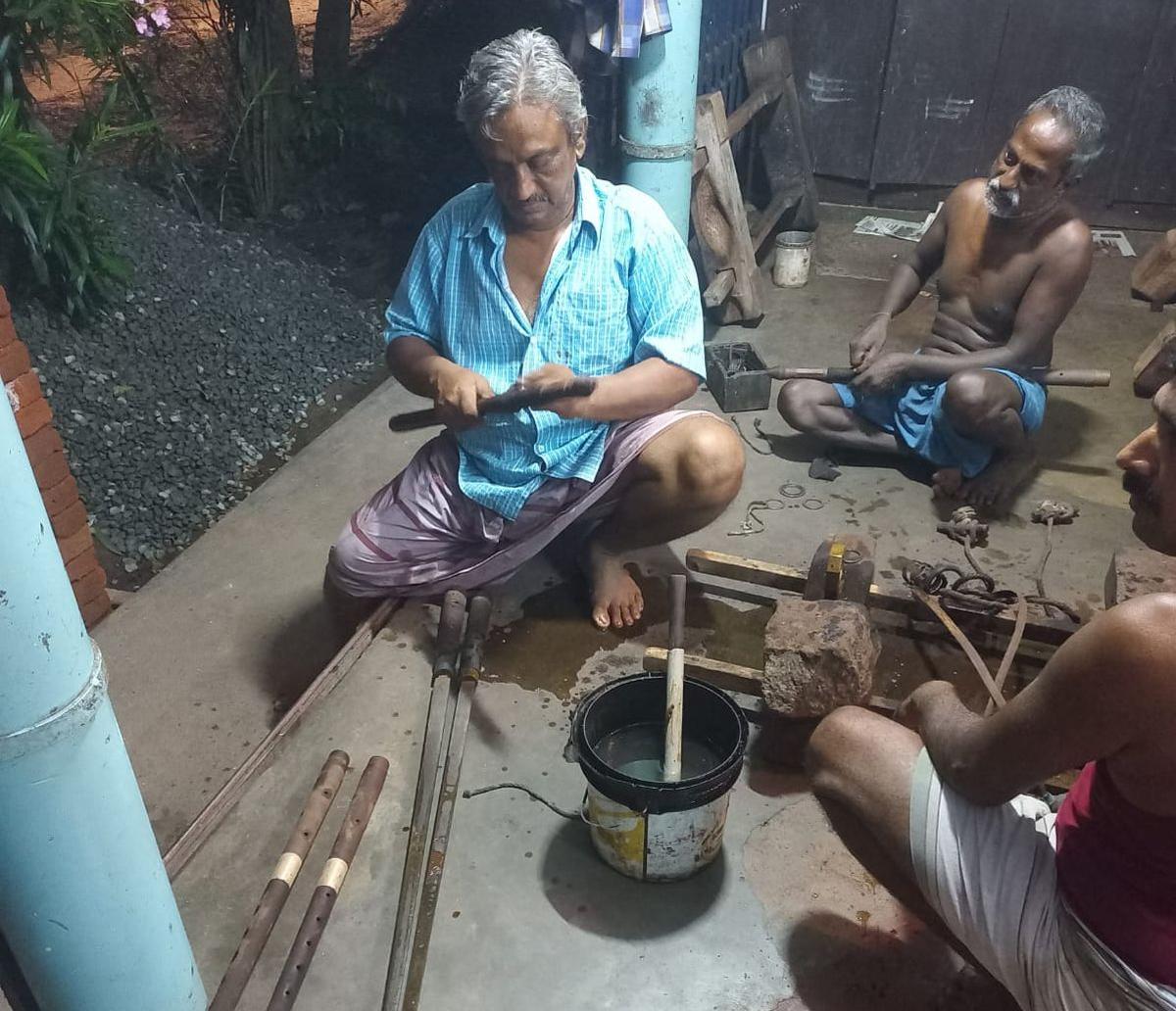GI tag on Narasinghapettai nagaswaram bags: On the application filed by the Thanjavur Musical Instruments Workers Co-operative Cottage Industrial Society Ltd, Nagaswaram produced in Narasinghapettai in Thanjavur district was granted the Geographical Indication (GI) tag.
“This will assist the craftsmen in receiving assistance from the Indian government as well as other benefits,” said advocate P. Sanjay Gandhi, who filed the application on behalf of the Society and assisted in obtaining a GI tag for several distinctive Tamil Nadu products.
In the world of Carnatic music, Narasinghapettai, a village near Thiruvidaimarudur, has an inextricable place. Families of artisans who excel at making the nagaswaram live here. At the request of nagaswaram wizard Thiruvavaduthurai T.N. Rajarathinam Pillai, N.G.N. Ranganatha Achari created the ‘pari’ nagaswaram, which is today utilized by nagaswaram players.
GI tag will improve the business
S. Gunasekaran, one of the nagaswaram producers, stated, “We think the GI brand will help our commerce.”
Before the ‘pari’ nagaswaram, nagaswaram players employed the short ‘timiri’ nagaswaram. “In ‘timiri,’ Suddha madhyamam cannot be played. It would be instinctive for musicians to play it. “That’s why Rajarathinam Pillai chose to create an instrument capable of creating suddha madhyamam,” nagaswaram player Injikudi M. Mariappan explained.
He added that ‘timiri’ needed a lot of work from the nagaswaram musicians, and as a result, many of them got sick, especially with hernia. Nagaswaram is formed of the ‘acha maram’ tree, which is famed for its sturdiness. Narasinghapettai’s Nagaswaram producers purchase antique wooden pillars from demolished houses. While Mr. Gunasekaran uses traditional methods to create nagaswaram, others have modernised their workshops and switched to machines.
The ‘anusu’ or enhancer on the front is made of ‘vaagai’ wood. The reed, known as ‘Seevali,’ is formed from a species of grass that grows along the Cauvery and Kollidam rivers.

